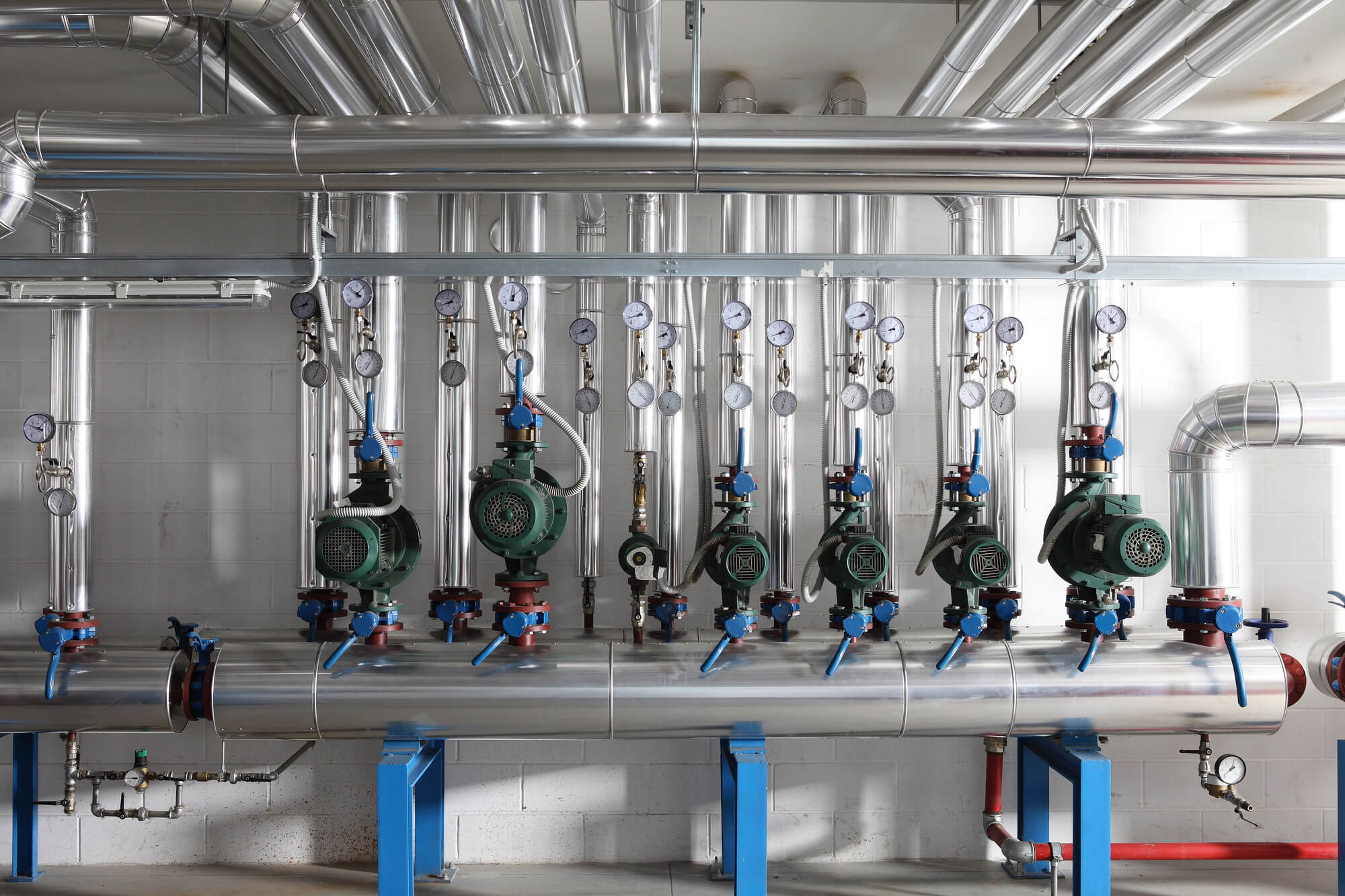
When we think of hydraulic systems operating in extreme environments, we might think of the Arctic. But there’s a commercial situation closer to home that requires fluid sealing technologies that operate in perpetually cold conditions.
For example, a forklift in a food cold storage facility spends its life at about -20°C. These facilities are intolerant of fluid leaks from machinery because of food contamination. Any hydraulic system in such an environment needs to have seals that hold their integrity.
Polyurethane for extreme conditions
Many common elastomers cannot be used with low-temperature hydraulic fluids, because they stiffen as the temperature falls. Eventually they reach ‘glass transition’ where they become glassy and brittle — unsuitable for sealing.
However, polyurethane is a thermoplastic elastomer with the strength of rigid plastics and the flexibility of rubber, meaning it can adapt to extreme temperatures.
Wipers, piston seals, rod seals and guide rings may be made from materials like Freudenberg Sealing Technologies’ polyurethane AU 30000. This hydraulic system material operates in pressures up to 500 bar and temperatures from -35°C to 120°C.
High temperatures are more likely to come from heat generation within the hydraulic system, rather than the climate. Sealing technologies in ‘hot’ systems contend with heat from:
- Improperly lubricated components;
- Fluid with too high viscosity, causing friction within the fluid; and
- Fluid moving through a constricting conduit at speed.
Whether or not the seal can handle extreme heat (or cold) depends on its design and the materials from which it’s made.
Putting pressure on hydraulic sealing technologies
Designing its own materials means Freudenberg has control over every aspect of its seal, from density to pliability.
For example, piston seals have integrated or separate back-up rings and guide rings to keep the piston in position as well as keeping lubricant between metal surfaces.
Anti-extrusion rings expand in response to increased pressure, keeping other components of the piston deals in place.
Hydraulic seals can be designed specifically for extreme conditions. With good design and the right materials, a hydraulic sealing system should work with the same efficiency, no matter where it’s put to work.
